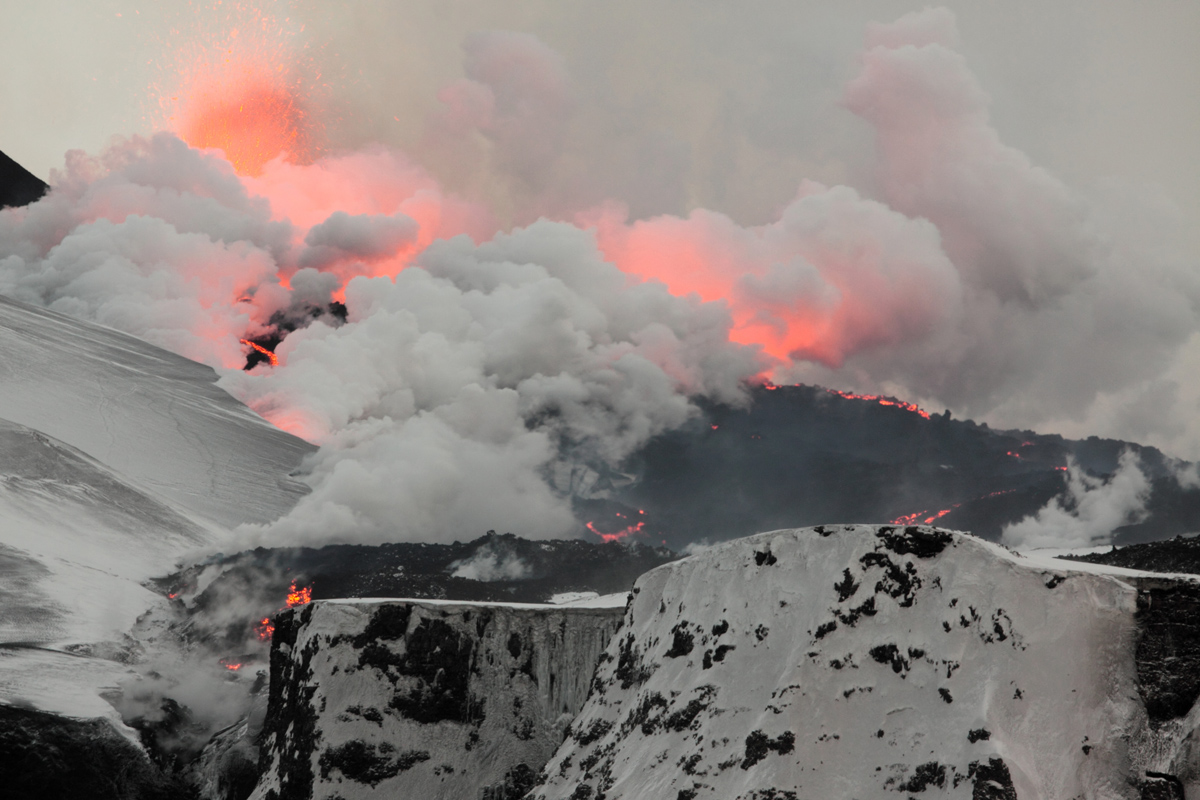 A remote island’s delicate ecosystem is teetering on the brink of collapse following a series of powerful eruptions from the once-dormant volcano known as Smoking Mountain. The volcanic ash, which has blanketed the region for months, is devastating native wildlife habitats and disrupting the fragile balance that has sustained the island’s biodiversity for centuries. Environmentalists and scientists warn that the fallout from the eruption could have long-lasting consequences for both the environment and the local communities that rely on the island’s resources.
A remote island’s delicate ecosystem is teetering on the brink of collapse following a series of powerful eruptions from the once-dormant volcano known as Smoking Mountain. The volcanic ash, which has blanketed the region for months, is devastating native wildlife habitats and disrupting the fragile balance that has sustained the island’s biodiversity for centuries. Environmentalists and scientists warn that the fallout from the eruption could have long-lasting consequences for both the environment and the local communities that rely on the island’s resources.
### **Unforgiving Fallout of Volcanic Ash**
The eruption of Smoking Mountain, located in the heart of the island, began six months ago, spewing ash, toxic gases, and debris high into the atmosphere. While lava flows have been relatively contained, the spread of fine volcanic ash has wreaked havoc on ecosystems across the island, smothering vegetation, contaminating freshwater sources, and driving wildlife from their habitats. Forests once brimming with life now stand eerily silent, as the thick layers of ash have suffocated plants and left herbivores without food sources.
Local conservationist Maria Del Toro describes the scene: “It’s like everything just stopped growing overnight. Entire populations of birds, insects, and small mammals have disappeared because the plants they rely on are either buried in ash or dying from exposure to toxic particles.” According to Del Toro, endemic species—those found only on the island—are particularly at risk, with many already facing extinction. “The ecosystem here is so finely tuned that any disruption can cause ripple effects, but this eruption is on a whole different scale.”
### **Native Species in Peril**
Among the animals most affected are several rare bird species, including the island’s endemic Suncrest Finch, known for its vibrant plumage and vital role in pollinating native flowers. With flowers buried under ash and insect populations dwindling, the finch population has plummeted, prompting conservationists to race against time to relocate surviving birds to unaffected areas. Meanwhile, the island’s unique tortoise species, which played a critical role in seed dispersal, is struggling to find food as the dense ash blankets the forest floor.
The marine environment has not been spared either. Rivers and streams choked with ash have disrupted freshwater ecosystems, killing fish and amphibians. Runoff from ash-laden rivers is now flowing into the ocean, threatening coral reefs and coastal marine life. “It’s a cascading collapse,” says marine biologist Dr. Julianne Blake. “When land ecosystems are damaged, it sends shockwaves through the entire food web, from the rivers all the way to the ocean.”
### **Impact on Human Communities**
The destruction of the ecosystem is also hitting local communities hard, as many residents depend on fishing, farming, and ecotourism for their livelihoods. Farmers are reporting crop failures due to soil contamination, while fishers are struggling with depleted stocks. Tourism, a major source of income, has come to a halt, as ash-covered landscapes and health risks have deterred visitors.
Local authorities are scrambling to mitigate the disaster, but resources are stretched thin. Emergency teams are working to distribute masks to protect residents from the health risks posed by inhaling volcanic ash, but long-term solutions remain elusive. The island’s small government has appealed for international aid, calling for assistance in rehabilitating ecosystems, restoring freshwater systems, and supporting displaced communities.
### **A Grim Future for the Island’s Ecosystem**
Experts fear that even if the volcanic activity subsides, recovery could take decades, if not longer. Volcanic ash, which alters soil chemistry, can inhibit plant growth for years, making it difficult for forests to regenerate. Without vegetation, animals that rely on these habitats will either die out or be forced to migrate to other areas—if they can find any left.
“The clock is ticking for this island’s wildlife,” says environmental ecologist Dr. Rafael Lin. “Once you lose species, especially endemic ones, they’re gone forever. What we’re witnessing is the unraveling of an entire ecosystem, and if we don’t act quickly, it could become a barren wasteland.”
### **A Call for Urgent Action**
International conservation groups are beginning to mobilize, but restoring an ecosystem damaged by volcanic ash is a daunting challenge. Reforestation programs, wildlife relocation efforts, and freshwater system rehabilitation will require extensive funding, manpower, and coordination.
There is, however, a glimmer of hope. Some plants and animals have evolved to survive in extreme conditions, and scientists are now exploring ways to harness these natural adaptations to help restore the environment. Environmentalists are also advocating for the creation of wildlife sanctuaries on the island, where surviving species can be protected and gradually reintroduced into the wild.
Despite these efforts, the future of the island remains uncertain. Smoking Mountain may no longer be erupting with fire and fury, but its silent ash continues to smother life on the island. Whether nature and humanity can recover from this catastrophe—or whether the island’s ecosystem will be lost forever—remains an open question. The fate of the Suncrest Finch, the tortoises, and countless other species now hangs in the balance, waiting for the rain of ash to finally end.
For now, as one resident grimly remarked, “We can only hope that the island will rise again, just like it did after every eruption before—if there’s still time.”
